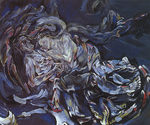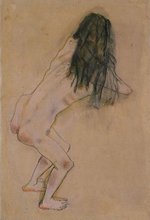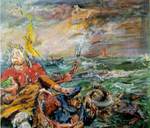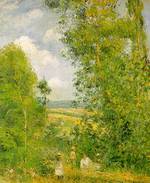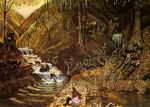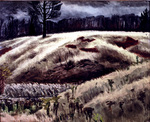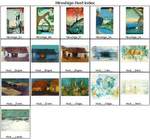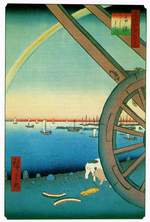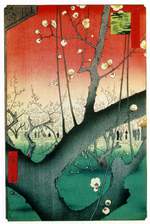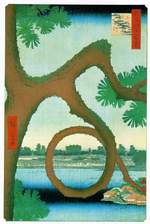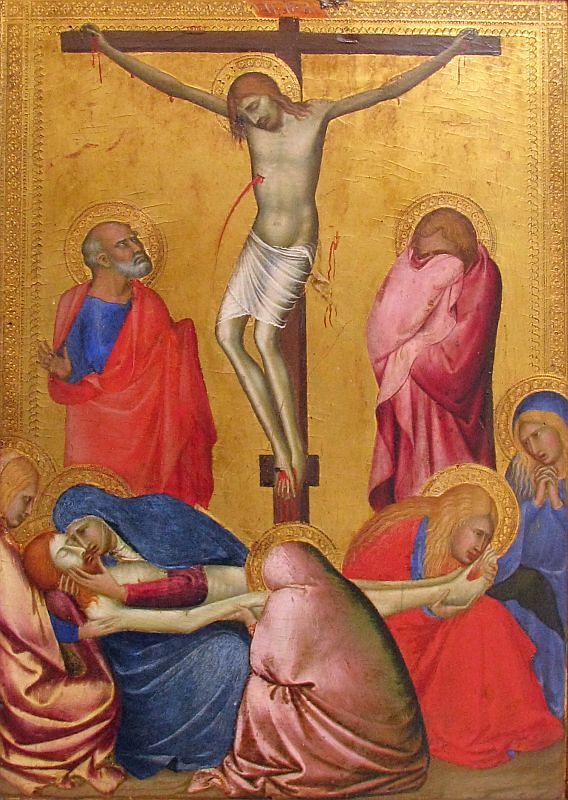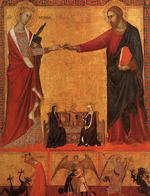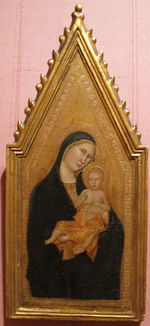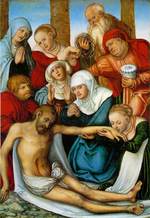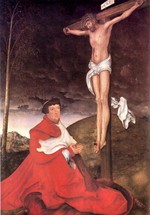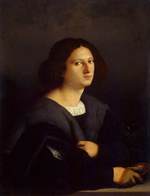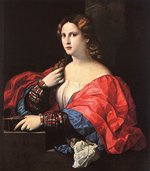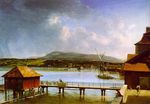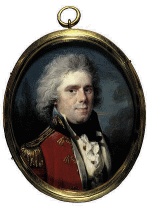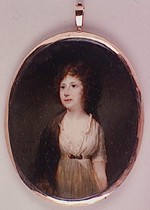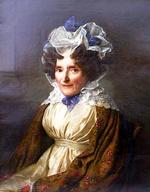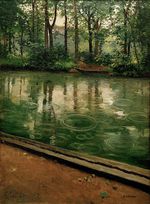
|
Featured Artist at the e.Gallery this week is a 19th Century artist of the Impressionist movement, Mary Cassatt [American, 1844-1926] Link: https://fineart.elib.com/fineart.php?dir=Alphabetical/Cassatt_Mary Mary Cassatt (b. May 22, 1844, Allegheny City, Pa., U.S. d. June 14, 1926, Château de Beaufresne, near Paris, Fr.), American painter and printmaker who exhibited with the Impressionists. The daughter of an affluent Pittsburgh businessman, whose French ancestry had endowed him with a passion for that country, she studied art at the Pennsylvania Academy of Fine Arts in Philadelphia, and then travelled extensively in Europe, finally settling in Paris in 1874. In that year she had a work accepted at the Salon and in 1877 made the acquaintance of Degas, with whom she was to be on close terms throughout his life. His art and ideas had a considerable influence on her own work; he introduced her to the Impressionists and she participated in the exhibitions of 1879, 1880, 1881 and 1886, refusing to do so in 1882 when Degas did not. She was a great practical support to the movement as a whole, both by providing direct financial help and by promoting the works of Impressionists in the USA, largely through her brother Alexander. By persuading him to buy works by Manet, Monet, Morisot, Renoir, Degas and Pissarro, she made him the first important collector of such works in America. She also advised and encouraged her friends the Havemeyers to build up their important collection of works by Impressionists and other contemporary French artists. Her own works, on the occasions when they were shown in various mixed exhibitions in the USA, were very favourably received by the critics and contributed not a little to the acceptance of Impressionism there. Despite her admiration for Degas, she was no slavish imitator of his style, retaining her own very personal idiom throughout her career. From him, and other Impressionists, she acquired an interest in the rehabilitation of the pictural qualities of everyday life, inclining towards the domestic and the intimate rather than the social and the urban (Lady at the Teatable, 1885; Metropolitan Museum, New York), with a special emphasis on the mother and child theme in the 1890s (The Bath, 1891; Art Institute of Chicago). She also derived from Degas and others a sense of immediate observation, with an emphasis on gestural significance. Her earlier works were marked by a certain lyrical effulgence and gentle, golden lighting, but by the 1890s, largely as a consequence of the exhibition of Japanese prints held in Paris at the beginning of that decade, her draughtsmanship became more emphatic, her colors clearer and more boldly defined. The exhibition also confirmed her predilection for print-making techniques, and her work in this area must count amongst the most impressive of her generation. She lived in France all her life, though her love of her adopted countrymen did not increase with age, and her latter days were clouded with bitterness. |
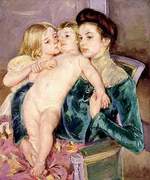 The Caress |
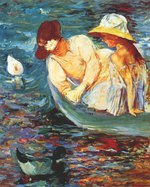 Summertime |
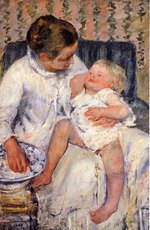 Mother about to Wash her Sleepy Child |
 Children in a Garden (The Nurse) |






